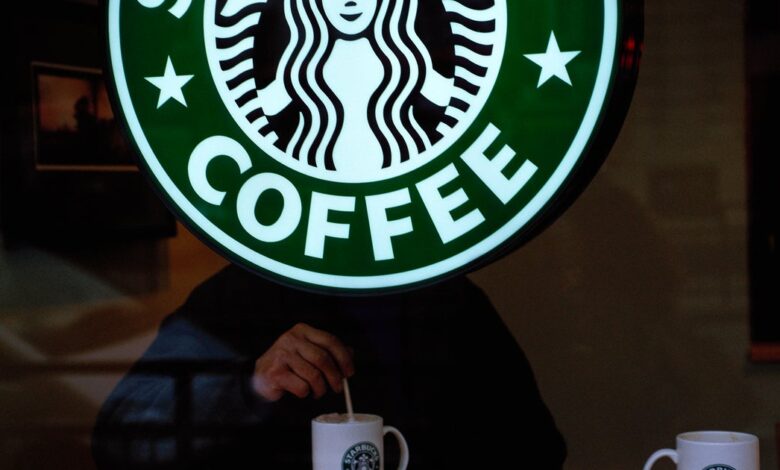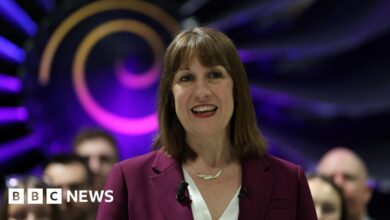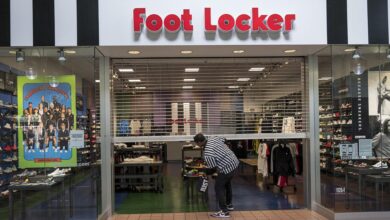Starbucks workers are striking over the chain’s new dress code

Starbucks’ recent implementation of a new dress code for baristas has caused quite a stir, with over 1,000 workers across 75 U.S. stores protesting the policy. The new dress code, which came into effect on Monday, mandates that employees at both company-operated and licensed stores in the U.S. and Canada wear a solid black shirt and khaki, black, or blue denim bottoms under their green apron.
Previously, baristas had more flexibility in their attire, being able to wear a wider range of dark colors and patterned shirts. Starbucks explained that the new rules aim to make their green aprons more distinct and create a sense of familiarity for customers, as the company strives to cultivate a warmer and more inviting atmosphere in their stores.
This change in dress code coincides with Starbucks’ “Back to Starbucks” mission, a strategy aimed at rejuvenating its cafes and increasing sales. CEO Brian Niccol, who joined the coffee chain from Chipotle last year, has emphasized the need to refocus on the company’s core values.
However, Starbucks Workers United, the union representing employees at 570 of Starbucks’ 10,000 company-owned U.S. stores, argues that the dress code should have been subject to collective bargaining. According to Paige Summers, a Starbucks shift supervisor from Hanover, Maryland, Starbucks seems to have lost sight of what truly matters, prioritizing a restrictive dress code over addressing more pressing concerns raised by baristas.
Despite the protests, Starbucks reported that the strike had minimal impact on its operations, with over 99% of its stores remaining open and serving customers. The company also criticized the union for focusing on causing disruptions rather than engaging in productive negotiations for a fair contract.
Starbucks Workers United has been working to unionize U.S. stores since 2021, but has yet to reach a contract agreement with the company. The union recently filed a complaint with the National Labor Relations Board, alleging that Starbucks failed to engage in bargaining discussions over the new dress code.
As the dispute continues, Starbucks remains committed to finding a resolution that satisfies both the company and its employees. The dress code controversy highlights the ongoing challenges faced by workers in the service industry and underscores the importance of ensuring fair and equitable working conditions for all.





